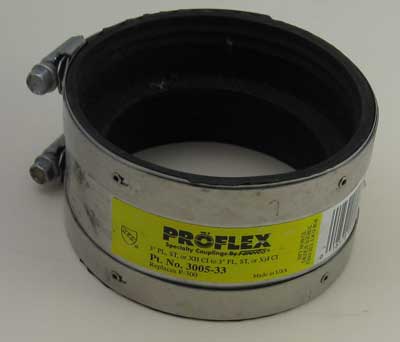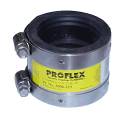Aprofetto
New Member
Hi everyone,
I'm new to the forums, so first off allow me to say hello. Secondly, I consider myself a bit of a handyman, so please keep that in mind when helping me with the below questions.
My brother and I just bought a rental house and will be putting a bedroom and bathroom in the basement. There is currently a 2 pc rough in for toilet and sink down stairs, and I would like to convert it into a 3 pc so I can also install a shower down there.
So, currently there is a sink drain and toilet drain, both attached to the vent stack (I believe thats what it's called). I am prepared to break concrete and attach a shower drain to the main drain that runs out to the street.
At this point, please refer to my diagram that I've attached and let me know if my setup is okay? The green piping is what I'll be adding, the black piping is existing.
Once that makes sense, my next question is the part I'm really unsure about.
I've done my fair share of plumbing, but I've never actually 'tapped' into an existing line, and I'm unsure how to do it? First off, to connect to the main drain, do I use a san tee? Or a wye fitting? Secondly, how exactly do I go about cutting and installing one of these fittings? It's not like I can just glue each side of the fitting and put it on as the drain will have relatively zero give, correct?
I read something about Fernco fittings, but I'm really unsure. Any help you guys can offer would be greatly appreciated!
Please let me know if anything I've mentioned is incorrect. Thanks!
I'm new to the forums, so first off allow me to say hello. Secondly, I consider myself a bit of a handyman, so please keep that in mind when helping me with the below questions.
My brother and I just bought a rental house and will be putting a bedroom and bathroom in the basement. There is currently a 2 pc rough in for toilet and sink down stairs, and I would like to convert it into a 3 pc so I can also install a shower down there.
So, currently there is a sink drain and toilet drain, both attached to the vent stack (I believe thats what it's called). I am prepared to break concrete and attach a shower drain to the main drain that runs out to the street.
At this point, please refer to my diagram that I've attached and let me know if my setup is okay? The green piping is what I'll be adding, the black piping is existing.
Once that makes sense, my next question is the part I'm really unsure about.
I've done my fair share of plumbing, but I've never actually 'tapped' into an existing line, and I'm unsure how to do it? First off, to connect to the main drain, do I use a san tee? Or a wye fitting? Secondly, how exactly do I go about cutting and installing one of these fittings? It's not like I can just glue each side of the fitting and put it on as the drain will have relatively zero give, correct?
I read something about Fernco fittings, but I'm really unsure. Any help you guys can offer would be greatly appreciated!
Please let me know if anything I've mentioned is incorrect. Thanks!



